Optimal Timing for Fire Restorations
Fire restorations are most effective when performed promptly after a fire incident. Early intervention minimizes structural damage, reduces restoration costs, and prevents mold growth caused by water used during firefighting efforts. The optimal time for fire restorations is typically within the first 24 to 48 hours following a fire.
Performing fire restorations during dry and mild weather conditions can also facilitate better drying and cleaning processes. Avoiding extreme weather, such as heavy rain or high humidity, helps ensure the restoration process proceeds smoothly and reduces the risk of secondary damage.
Quick fire restoration reduces long-term damage and limits structural issues. Prompt action can prevent mold and further deterioration.
Spring and early summer often provide ideal conditions for fire restorations due to moderate weather and lower humidity levels.
Restorations during dry weather conditions are more efficient, as moisture removal is faster and more complete.
Fire damage can cost thousands to hundreds of thousands of dollars, emphasizing the importance of timely restoration.
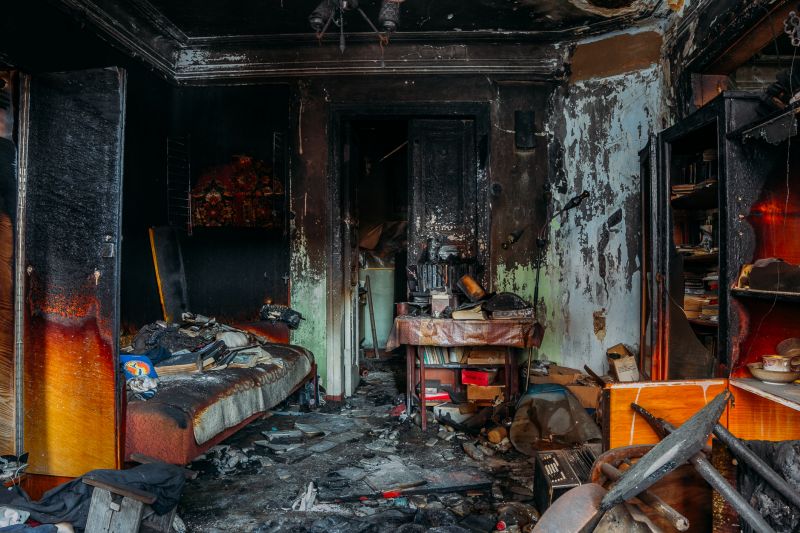
Initial evaluation of fire damage to determine scope and necessary restoration steps.

Addressing water damage caused by firefighting efforts is crucial for effective restoration.

Restoring structural integrity after fire damage involves cleaning, repairing, and rebuilding affected areas.

Ways to make Fire Restorations work in tight or awkward layouts.

Popular materials for Fire Restorations and why they hold up over time.

Simple add-ons that improve Fire Restorations without blowing the budget.
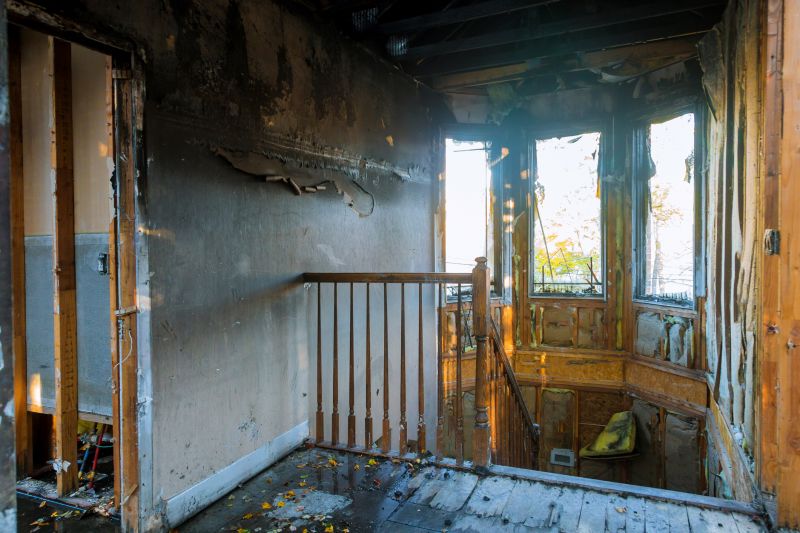
High-end options that actually feel worth it for Fire Restorations.
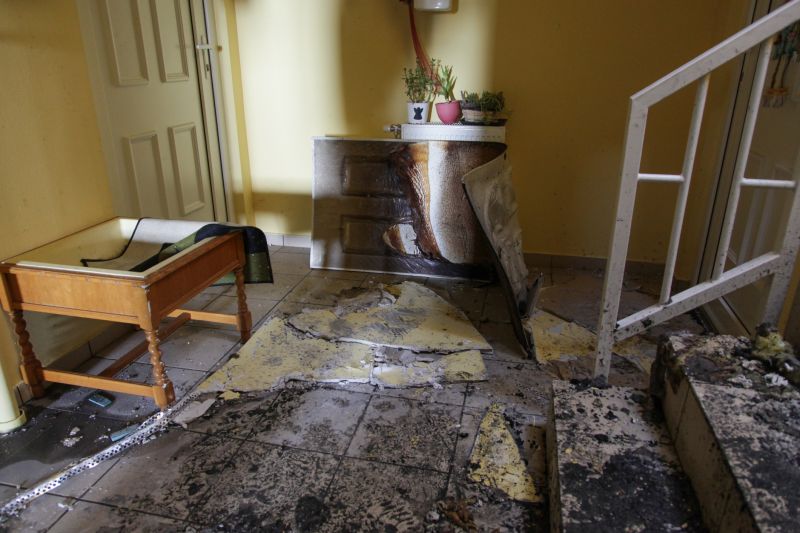
Finishes and colors that play nicely with Fire Restorations.
Fire restorations involve a comprehensive process that includes debris removal, cleaning soot and smoke residues, deodorization, and structural repairs. The goal is to restore the property to its pre-fire condition while ensuring safety and durability. Advanced techniques and equipment are used to remove odors, prevent mold growth, and repair structural damages effectively.
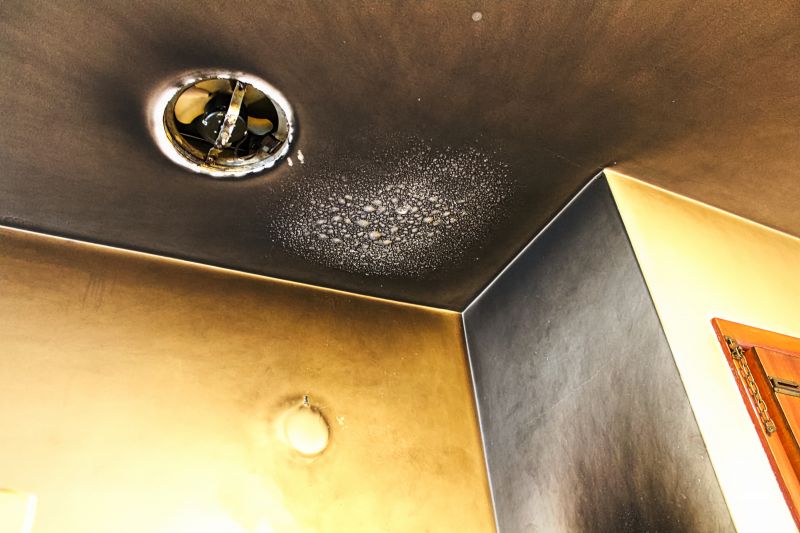
Specialized cleaning methods remove soot and smoke residues from surfaces.

Advanced deodorization processes eliminate persistent fire odors.
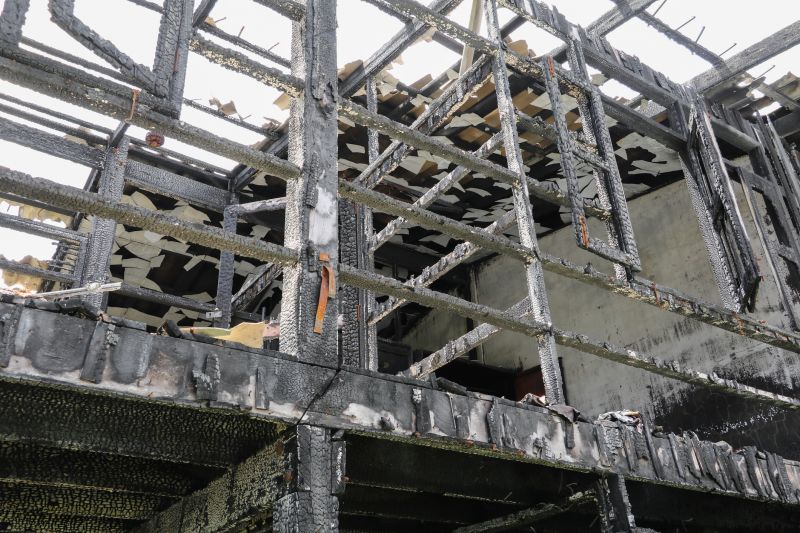
Rebuilding and repairing damaged structural elements restore safety and stability.

Drying and water extraction prevent secondary damages and mold growth.
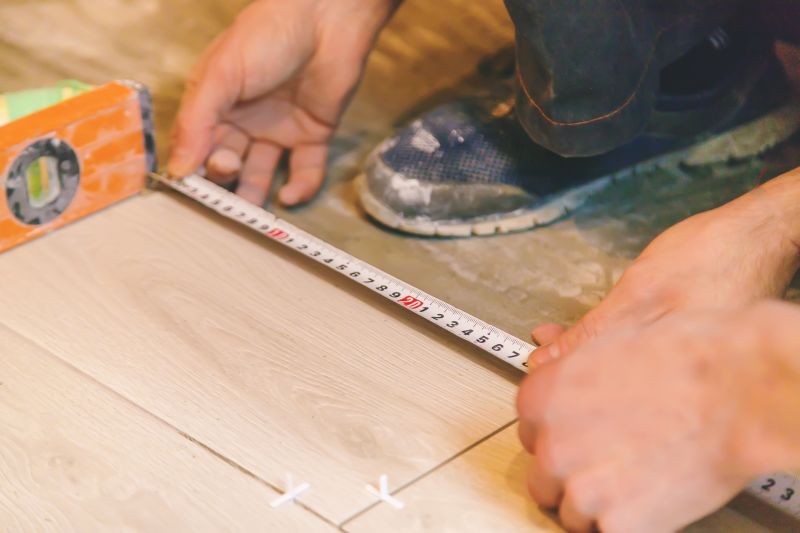
Little measurements that prevent headaches on Fire Restorations day.
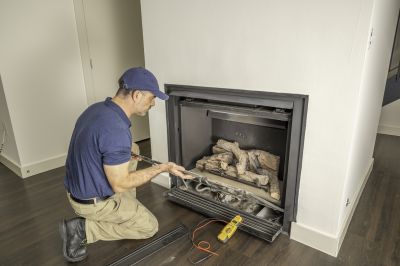
A 60-second routine that keeps Fire Restorations looking new.
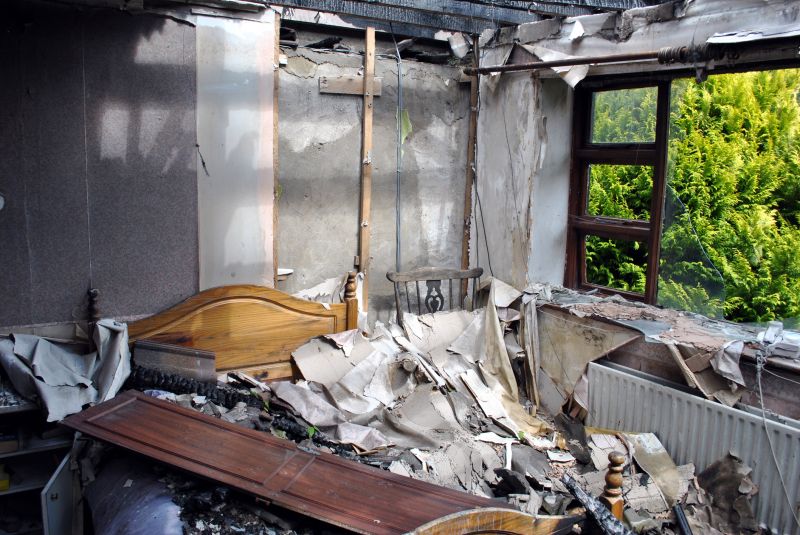
A frequent mistake in Fire Restorations and how to dodge it.
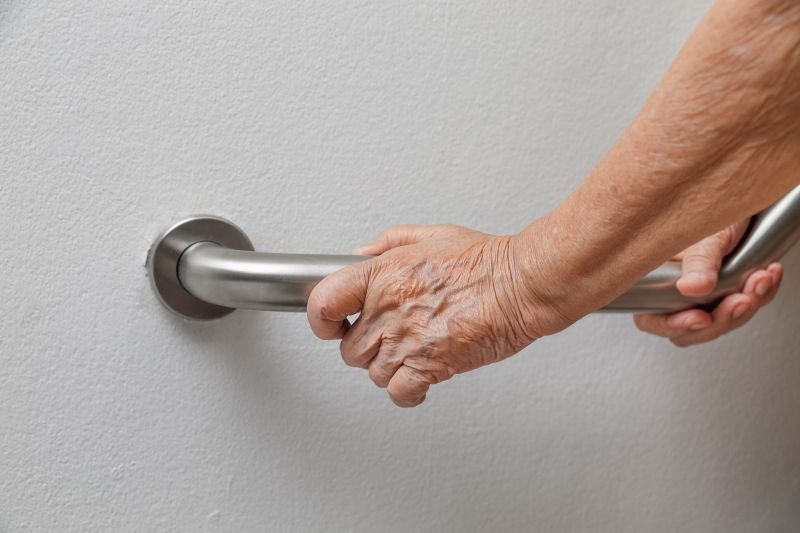
Small tweaks to make Fire Restorations safer and easier to use.
| Aspect | Details |
|---|---|
| Timeliness | Early restoration reduces costs and damage severity. |
| Weather Conditions | Dry, mild weather enhances restoration efficiency. |
| Seasonal Timing | Spring and early summer are ideal for restoration projects. |
| Damage Extent | Greater damage requires more extensive and immediate intervention. |
| Insurance Process | Prompt restorations can streamline claims and processing. |
| Structural Integrity | Restoration should prioritize safety and rebuilding. |
| Water Damage Impact | Addressing firefighting water is essential to prevent mold. |
| Cost Considerations | Timely action can significantly reduce overall expenses. |
Understanding the optimal timing for fire restorations ensures that property owners can minimize damage, control costs, and restore safety efficiently. Immediate action combined with suitable weather conditions leads to more effective and less disruptive restoration processes. Contact for further information or to schedule a fire restoration assessment.

